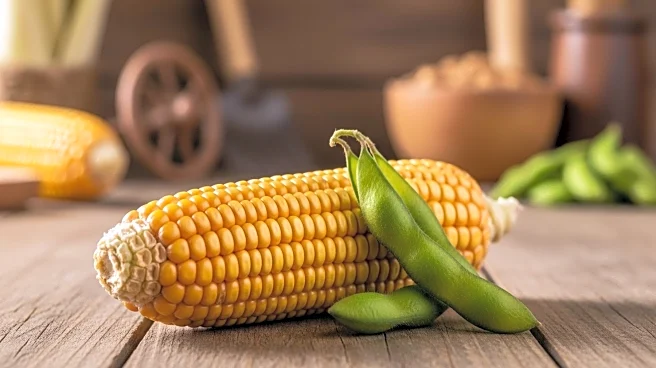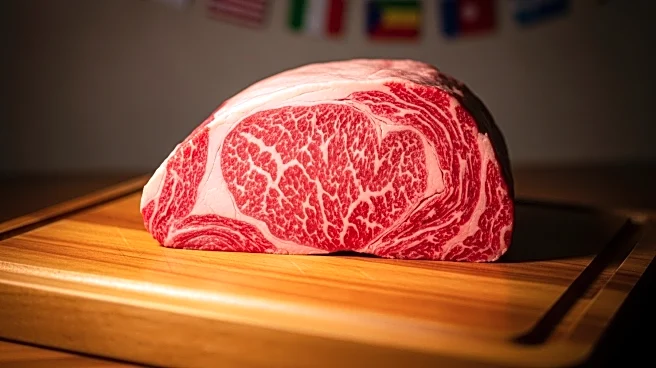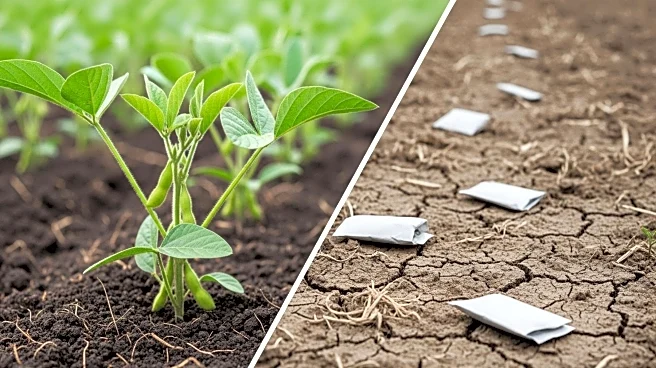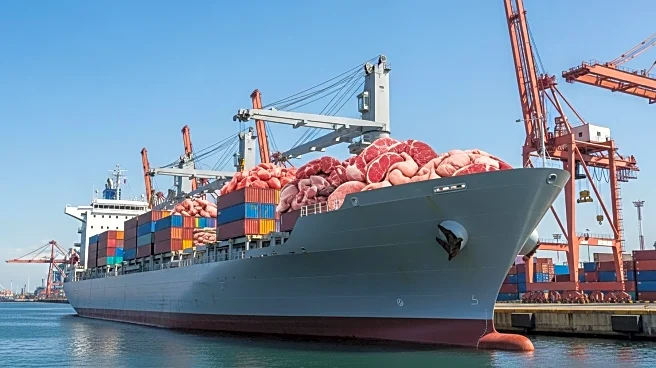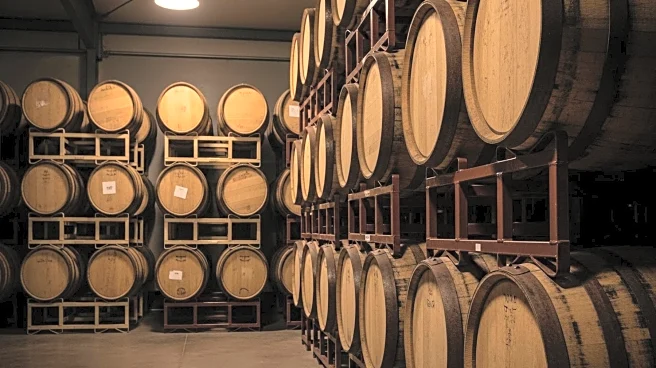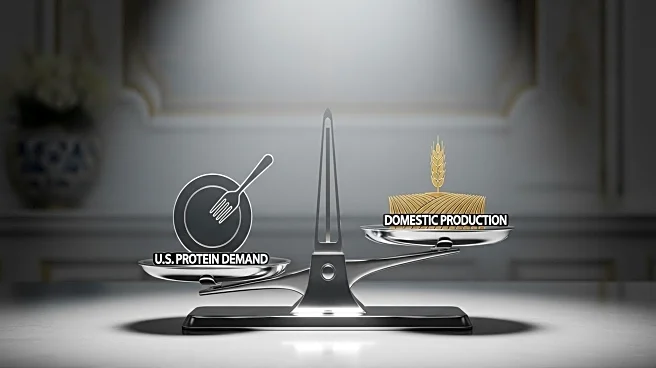What is the story about?
What's Happening?
U.S. and Brazilian farmers are key players in the global markets for corn and soybeans, supplying significant portions of the world's needs. Recent analyses highlight cost competitiveness between the two countries, with U.S. farmers generally paying less for fertilizers and chemicals. However, U.S. soybean producers face a seed cost disadvantage compared to their Brazilian counterparts, who pay approximately one-third less for soybean seeds. This discrepancy is attributed to factors such as economies of scale and fewer restrictions on seed replanting in Brazil.
Why It's Important?
The seed cost disadvantage for U.S. soybean producers is a critical issue that could impact their competitiveness in global markets. While U.S. farmers benefit from lower fertilizer and chemical costs, the higher seed costs could offset these advantages. Understanding the drivers behind this cost gap is essential for maintaining U.S. competitiveness in the soybean market. Addressing these disparities could involve examining government policies and commercial strategies to reduce input costs and enhance market position.
Beyond the Headlines
The seed cost issue highlights broader implications for intellectual property enforcement and commercial strategies in agriculture. U.S. farmers often face contractual restrictions on replanting patented seeds, which can increase costs. In contrast, Brazilian producers may have more flexibility, potentially lowering seed expenses. This situation underscores the need for policy discussions on intellectual property rights and their impact on agricultural competitiveness.
AI Generated Content
Do you find this article useful?
